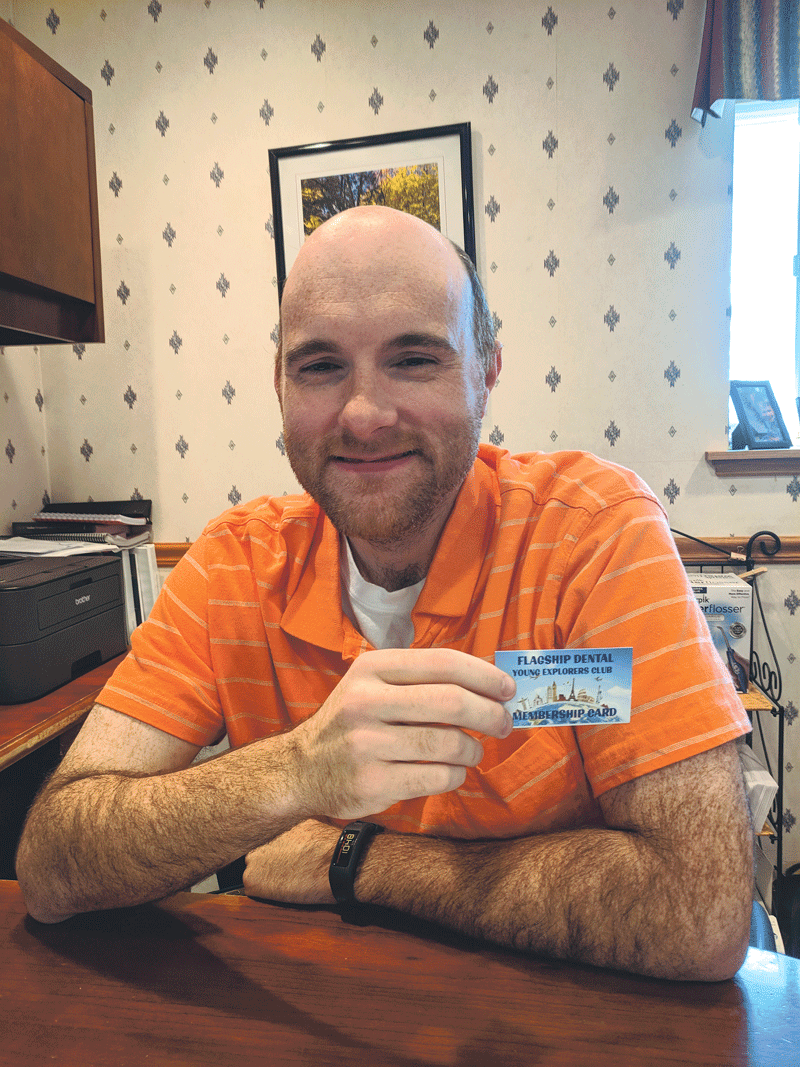Buy/Sell Agreements — Part II Analyzing The Financial Aspects Of A Transaction Through A Case Study
This is the second of three articles on medical practice buy/sell agreements. This segment is focused on the financial aspects of these arrangements by illustrating an actual case study. Surgical Associates, P.C., comprised of four surgeons, wanted to execute a buy/sell agreement that would: a) make ownership attractive and affordable to new doctors; b) provide senior doctors with a supplemental stream of income upon retirement; and, c) provide an affordable succession plan that enhances retention, stability, and future growth of the practice. The following is a case study of their plan, which has worked extremely well for the group. New Owner Buy-in When a new doctor has been employed with the group for two years and has met the minimum productivity target level he/she is offered an equal ownership in the practice. The new owner pays into the practice $1,000 per year for five years and is issued one-fifth of an equal ownership per year. When a doctor terminates employment for any reason, he/she is paid back the greater of the original $5,000 or a proportionate share of the net book value of the practice in return for the original stock issued. Beginning on the effective date of ownership, the new owner participates in the doctor owner compensation plan on the same basis as all other owners. Over the next five years, the new owner’s annual compensation, as calculated, is reduced by $30,000 per year and reallocated to the income of the other doctor owners. This reallocation is made to compensate the other doctors for assistance in developing the new doctor’s patient and referral base. This also reimburses senior doctors for reduced compensation as a result of financing the new doctor’s start up costs, financing accounts receivable and temporary dilution of their patient base during this same period. Since this is being done on a pre-tax basis, it is affordable to the new owner and still results in a substantial increase in compensation as well as other owner benefits. The “new” doctor owner will begin to receive some of this “deferred” compensation back as new doctors come on board. Retirement The doctors decided as a group to set up a non-qualified deferred compensation plan. This would provide each doctor income of $200,000 over 10 years to supplement the practice’s qualified retirement plan. In order to do this without impairing the capital of the practice, the group purchases key person whole life insurance in an amount (approximately $300,000) that, at normal retirement, is designed to have enough cash value to pay out $200,000 over ten years. Death In the event a doctor dies before retirement, his/her estate is paid the greater of the cash surrender value of the policy or one-half the proceeds (approximately $150,000) from all key person policies owned by the practice on the life of the doctor. This will be paid in a lump sum within 60 days of receiving the insurance proceeds. The balance is retained by the practice to mitigate the loss of income and to help fund recruiting efforts for a new doctor. Termination of Employment If a doctor owner’s employment is terminated for any reason other than death, disability or normal retirement, the deferred compensation shall equal the cash surrender value of all life policies on the doctor as of the date of termination. It will be paid out over 10 years. Since the cash surrender value increases more as the doctor is nearing retirement, there is a built-in incentive for retention, i.e., the earlier the doctor leaves, the less he/she receives. Disability In the event that a doctor shall become so disabled that he/she is unable to perform the usual duties on a full-time basis for a period of 12 months over a two-year period, the doctor’s employment shall be terminated. At such time, the doctor’s interest in the practice shall be repurchased, as discussed previously. The practice shall also pay the doctor deferred compensation of $180,000 over five years. The deferred compensation is funded by a disability buy-out policy purchased on the life of each doctor. The key person life insurance policies remain with the practice unless the doctor elects to purchase them at the then cash surrender value. Covenant Not to Compete Every doctor owner employment agreement has a provision that provides that the doctor shall not practice medicine within a twelve mile radius of any of the practice’s offices for three years from date of termination. If the doctor violates this covenant, all remaining deferred compensation payments shall cease and the practice shall be entitled to recover all legal and other costs incurred to enforce the covenant. What is Right for You? Although this arrangement has worked well for Surgical Associates, P.C., it may not fit the mold for your practice. The philosophy of some practices may be that the buy-in and buy-out should be very minimal. Some doctors may be adamant about funding buy-outs. Some practices with multi-specialties have variable needs. This is why these arrangements vary so much depending on the size and composition of group practices. What is most critical is that you have a written plan in place before a triggering event happens. You should seek professional advice to outline the objectives of the plan that coincides with the philosophy of your group and to assist you in the design and implementation. If you already have a plan in place, periodic review may be in order to reassess its provisions in light of the changing demographics of the group and the health care environment. James B. Calnan, CPA, is partner-in-charge of the Health Care Services Division of Longmeadow-based Meyers Brothers Kalicka, PC, Longmeadow, Certified Public Accountants and Business Consultants; (413) 567-6101.



